What do you do when happen to shoot a great looking portrait image of yourself? Share it on social media, of course. But then when you have a lot of rave reviews your next step should be to share the behind-the-scene tips on how you managed to make the image. That way you get a lot more fans. That’s exactly what Patrick Hall did:
Here’s a breakdown of the gear that Hall used for the shot.
Lens
The key to shooting this image is to shoot really wide. As demonstrated in the image, the eyes and mouth are in focus and then everything else quickly goes out of focus. To demonstrate a similar shot that he arranged in his studio Hall used the Nikkor 85mm f/1.8 lens.
Lighting
Picking the right light is extremely important because in this case you are shooting extremely wide. With most studio strobes, f/1.8 is too wide an aperture. Even at their lowest power output setting the images are going to be washed out. Hall used the Profoto B1 lights. These are battery powered studio strobes. The good thing about these lights is that when they’re dialed all the way down they act almost like speedlights. So you can use a pretty wide aperture without the need to use a neutral density filter.
The modelling lamps on your studio strobes are another good option. They are much less powerful and that way work with wide open apertures. The only thing you have to watch out for is the strong color cast.

Beauty dish with grid used as the key light for the shoot
Modifiers
A medium sized beauty dish is the ideal key light for this setup. This is a sort of light modifier that produces a strong hard light, but the benefit of the medium size of the dish makes the light illuminate the subject’s face uniformly.
Plus Hall uses a grid on the dish which further reduces the intensity and helps stop any light spilling on to the rest of the scene. The beauty dish is placed right on top of the subject’s head at a slight angle. The idea is not to produce any shadow right or left of the face but actually straight down (butterfly lighting). It’s placed close to the subject to produce a soft look.
Here’s how the image looks with just the beauty dish:

Image shot with the beauty dish only
Fill Light
The fill light is placed below at the feet of the subject, looking up. A strip box is used for this purpose. The fill light should always be set to at least two stops less bright than the key light. For this image Hall dials in the fill-light at 2 and then ups the power on the key light to 4 to maintain the ratio.

Key light power adjusted
Here’s the resulting image:

Key light and fill light on
For the final lighting setup for this shoot, Hall brings in a large foam core and sets it up directly behind the camera. He fires a large studio strobe toward it. Since the foam core is large the light gets diffused and the resulting bounced light fills in the shadows even more. Here’s the result:

Foam core added into the mix
Final Tip
If you want a slightly edgy looking portrait, just place your key light further away. It turns into a hard light and that in itself creates a completely different look.
Try this setup yourself and show us your results in the comments section below.
Like This Article?
Don't Miss The Next One!
Join over 100,000 photographers of all experience levels who receive our free photography tips and articles to stay current:

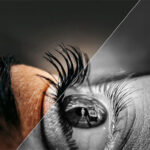
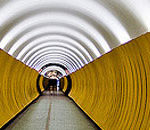
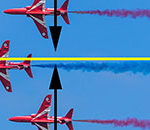
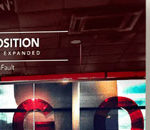
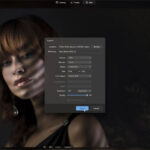
Leave a Reply